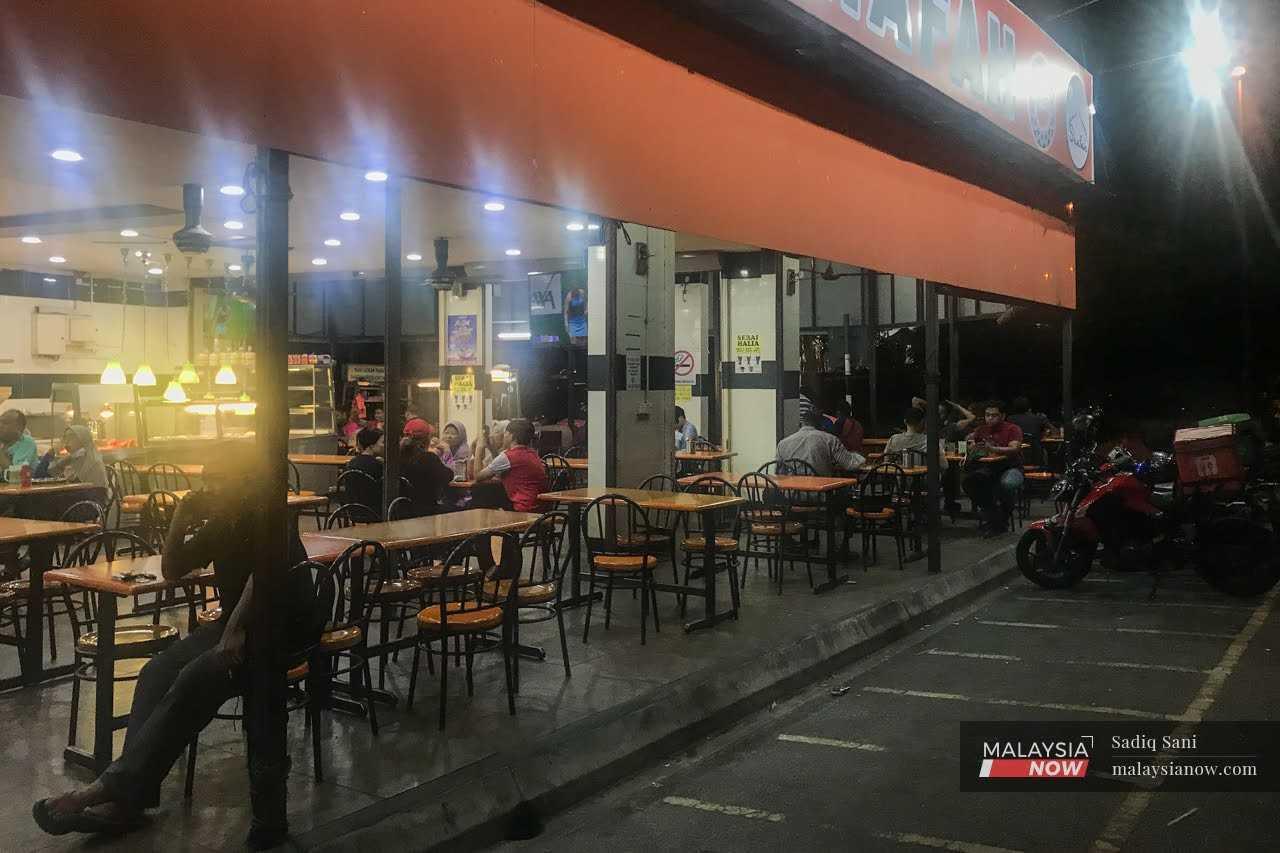In Kelantan, traditional food trumps mamak shops
Locals explain their preference for traditional Malay fare.
Just In
Fauziah was born and raised in Kota Bharu, Kelantan, but often turns down requests by her husband and children to have breakfast at some of the mamak shops in the vicinity.
For her, there is nothing interesting about the food prepared by the Indian-Muslim restaurants – at least, not in comparison with the traditional Malay food in the state.
Speaking to MalaysiaNow, she said Kelantan had its own culture, especially in terms of food.
There, she said, locals begin tucking into heavy or high-calorie dishes first thing in the morning – nasi kerabu, rice with fish or chicken gravy, or the porridge known throughout the state as nasi air.
"Other people eat light things like toast, roti canai or nasi lemak at the most.
"But here, the food culture is very different. So the mamak shops in Kelantan are never as full as the local eateries."
Throughout Kota Bharu alone, there are more than 10 mamak shops in operation.
Other restaurants meanwhile promote individual specialties like nasi kandar, thosai and tandoori chicken.
In Jalan Kebun Sultan, for instance, the Nasi Kandar KB restaurant is a hit, with long queues forming every day.
At the mamak shops, though, things are often much quieter.
In Jalan Pengkalan Chepa, for example, a visit found only two tables occupied at lunch hour.
When greeted, one of the customers said that mamak shops in Kelantan are normally frequented only by the Indian community.
"Our appetite is not always the same, either," he added.
"Some days we prefer to eat rice at mamak shops, other days we eat at the Malay outlets.
"But I've often heard complaints from people who say they avoid going to mamak shops because they think they're dirty."
He said many Malays in Kelantan were also confused about the concept of mamak shops.
"We know that the food is cooked by Indian Muslims, but at Indian shops they are not usually Muslim," he said.
"But they cook rice, roti and chicken the same way as mamak shops."
Thai menu
But Fauziah's sister, Noriah, an entrepreneur and caterer in Pasir Mas, disagreed with the notion that Kelantanese have a bad impression of mamak shops.
She said there were two main reasons why the locals did not appear to have taken to such outlets.
Firstly, she said, the menus offered by mamak shops were designed by Thai eateries conducting business in Kelantan.
She added that customers who visit Thai restaurants in the state often come across the same types of food.
"They cook it Thai style," she said. "In Kelantan, people eat roti canai with sweet daal curry or condensed milk.
"They also eat 'wet' mee goreng the way the Thais cook it."
Secondly, she said, both mamaks and Thai restaurants operate under the same "one-stop centre" concept where customers can enjoy a variety of cuisines under the same roof, from snacks to main courses, drinks, desserts and even Western food.
"Even some tomyam shops sell sisha now, because they copy the mamak shops," she said.
Noriah agreed with Fauziah that Kelantan's food culture was difficult to change as the locals would choose traditional food nine out of ten times.
She said it was this attitude that had made Kelantan known as a food haven, with many dishes available only in the state.
"You can find kuih akok in Kuala Lumpur, but it's not the same as the akok in Kelantan," she added.
"The same goes with other dishes. Only people from Kelantan will understand."
Subscribe to our newsletter
To be updated with all the latest news and analyses daily.
Most Read
No articles found.
